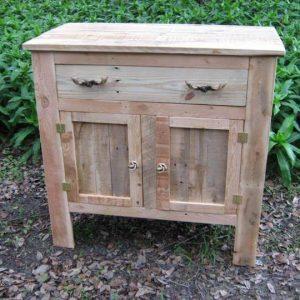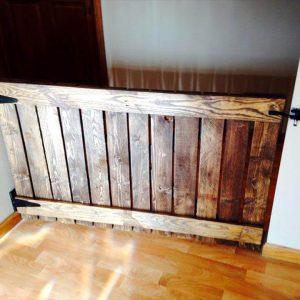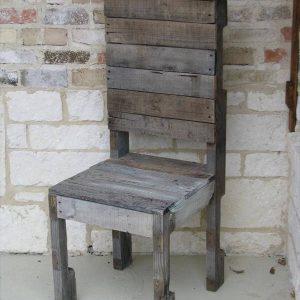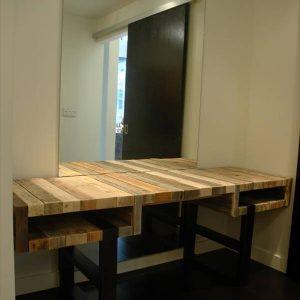Are you a beginner who’s getting into woodworking? It is a great idea to learn about the basics of miter saw vs circular saw when it comes to this art. Woodworking tools might look and sound very similar; however, you still need to learn about their features to choose a tool that’s going to work the best for you. By the end of this guide, You will be a lot more clear difference between miter saw and circular saw. These two different tools look and sound very similar, So follow us, and you will be able to decide which one to choose. And if you feel more inclined to use the circular saw for your future projects, this special corded circular saw for woodworking list will be of great help for you!

Miter Saw
Miter saw is also called ” the chop saw.” You might have heard both of these names if you’re familiar with woodworking. A miter saw is ideal for making very accurate cuts at specific angles. It is quite similar to a circular saw; however, the only difference is that it’s actually a stationary machine that comes with a small fence. You can get many different sizes, and they range from around 7″ to 12″! You can do many different cross cuts with this tool. Moreover, it will relatively keep your environment clean from the dust.
The different cuts it can do:
Miter cut
Its made by cutting two 45° angle cuts, which are joined corner to corner to form a 90° angle. These two pieces usually join together to form a miter joint.
Bevel cut
A bevel cut is quite similar to a miter cut; however, it’s actually made straight into a plank of wood, whereas a miter cut is made at an angle. It is usually made to soften the edges when adding the final touches to wood projects.
Crosscut
This is a very basic cut that you might be familiar with. It’s just a straight and simple cut that’s made against the main grain of the plank of wood – a diagonal cut. This cut is used in all woodworking projects.
Compound Cut
A compound Cut is actually a mixture of miter cut and bevel cut. You might have a crown molding in your house – look at its angle, and you’ll get a clear idea. Furthermore, this is actually used to add last touches to furniture and other DIY projects for aesthetical purposes.
Pros:
a) Accurate Cuts
You don’t need any guide to get precise cuts when you’re using a tool like a miter saw!
b) Fast and simple
No need to measure the gauge or do any unnecessary measurements! It’s super fast and easy.
c) Helps save time
Since you won’t have to follow any instructions, and due to the automated blades! In addition, the overall process will be a lot more quickly – this will help you save some time!
d) Safe
A miter saw is a lot safer when it comes to how it operates. It only moves in two directions. – upwards and downwards. This ensures that you will not end up cutting your own fingers.
e) A huge cut range
As mentioned above, there are so many different cuts done with these amazing woodworking tools. The most special one being the compound Cut! You will be able to work on any complicated projects with this special tool.
Cons:
a) Takes up space
This is pretty self-explanatory. It is a huge tool and will take up a decent amount of storage space. Your garage must have enough free space to store this tool.
b) Costly
A miter saw costs quite a lot in comparison to a circular saw. Why is that? It’s because a miter saw can make four different cuts, so it’s not considered a simple tool.
Miter Saw – Our best pick
Makita LS1016L 10″ Dual bevel – a Sliding Miter Saw
Circular Saw
You might already know about a circular saw as it’s such a common tool! You might find it at different carpenter stores. In comparison to a miter saw, it’s definitely considered to be very basic. It is a handheld tool with rotating blades to make straight cuts against the wood’s natural grain. The cuts can also be with the grain for the wood. These are pretty basic features that you would expect to be in a cutting tool, right? However, these features do make this tool very versatile. There is a huge range when it comes to its blade sizes. In other words, all the way from 3″ to around 16″!
The different cuts it can do:
Cross Cuts
A simple cut that is done against the grain of the wood.
Plunge Cuts
It is done by placing the blade against the plank of wood and moving the tool downwards.
Rip Cuts
This cut is used for long lengths, i.e., against the grain but in a different direction as compared to the cross-cut.
Compound Cuts
As mentioned above, a special cut is done by a mixture of miter cut and bevel cut.
Pros:
a) Versatility
It’s a very basic workshop tool, so you might expect it to be versatile! There are just so many different cuts and woodworking projects that can be made by using this tool.
b) Long cutting
As mentioned above, it can be used to cut against the length instead of just the width, and you can make long cuts with this amazing tool.
3) Less Pricey
It’s not considered to be a special tool as it can’t do angles cuts. This is why it’s a lot less pricey, so any beginner can easily afford it.
Cons:
a) Hard to make angled cuts
It’s quite hard to make angled cuts with this tool. You won’t get any perfect curves with it.
b) Not very safe
This is a very shape tool and can easily slice through flesh. This is why it’s not a safe tool.
c) Hard to make smooth edges
If you’re going to make aesthetic furniture or anything similar, it will be hard to get a smooth finish on the sides with this tool.
Circular Saw – Our best pick:
Hitachi C7ST 7 ¼ inch Corded Circular Saw
Conclusion
Here’s you have it! There is no competition between these woodworking tools as they’re perfect for the job that they do. However, the final decision can depend on whether you’re a beginner or not. A beginner might want to go for the safer option – a miter saw. While a professional can easily operate a circular saw. Best of luck with making a decision!













 Pallet Wood Dog Kennel
Pallet Wood Dog Kennel